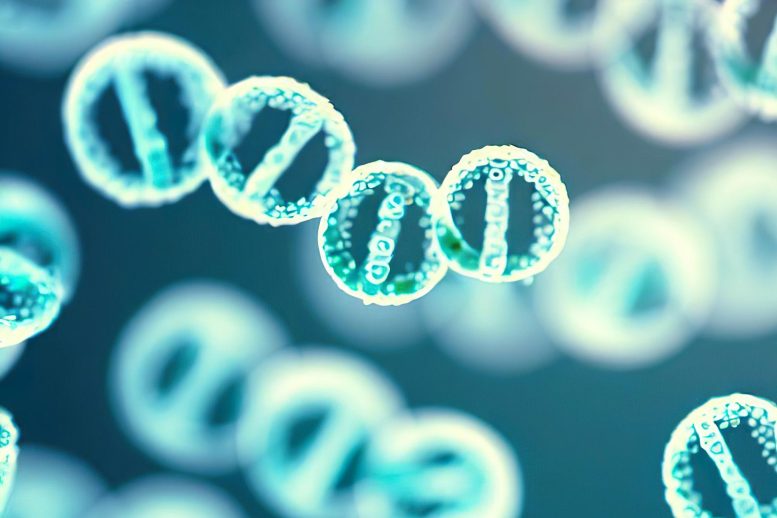
Extrachromosomal DNA (ecDNA), DNA circles carrying cancer-associated genes, play a critical role in cancer development, according to new research led by Stanford Medicine. These DNA circles can be found in precancerous cells, and their presence accelerates the transformation to a cancerous state. This discovery paves the way for potential early diagnosis and intervention methods in cancer treatment.
Tiny circles of DNA harbor cancer-associated oncogenes and immunomodulatory genes promoting cancer development. They arise during the transformation from pre-cancer to cancer, say Stanford Medicine-led team.
Tiny circles of DNA that defy the accepted laws of genetics are key drivers of cancer formation, according to an international study led by researchers at Stanford Medicine.
The circles, known as extrachromosomal DNA or ecDNA, often harbor cancer-associated genes called oncogenes. Because they can exist in large numbers in a cell, they deliver a super-charged growth signal that can override a cell’s natural programming. They also contain genes likely to dampen the immune system’s response to a nascent cancer, the researchers found.
Previous research had suggested that the circles, which are widespread in human cancers but rarely found in healthy cells, primarily arise in advanced tumors as the abnormal cells increasingly botch the intricate steps required to copy their DNA before each cell division. But the new study shows that the roly-poly circles can be found even in precancerous cells — and their presence jump-starts a cancerous transformation. Blocking their formation, or their effect on the cells that carry them, might stop cancers from developing, the researchers believe.
“This study has profound implications for our understanding of ecDNA in tumor development,” said professor of pathology Paul Mischel, MD. “It shows the power and diversity of ecDNA as a fundamental process in cancer. It has implications for early diagnosis of precancers that put patients at risk, and it highlights the potential for earlier intervention as treatments are developed.”
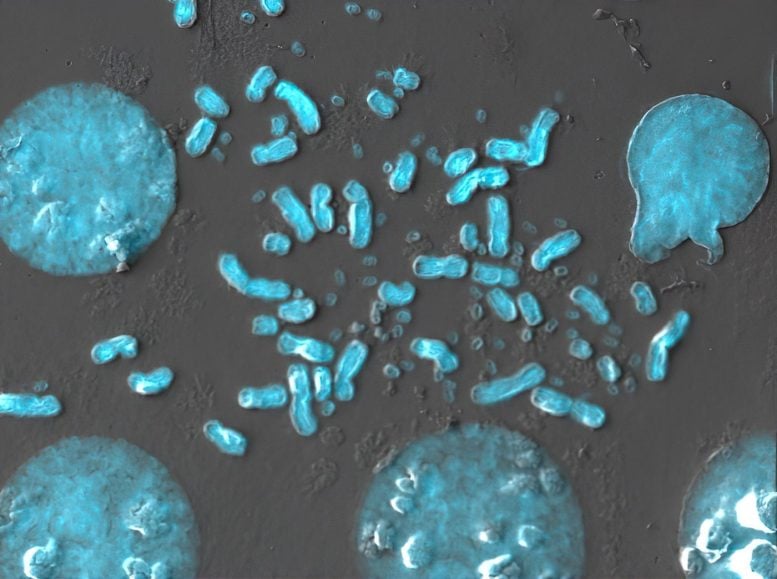
Tiny circles of DNA (small rings) upend conventional genetic principles that govern inheritance of genes on chromosomes (oblongs). The large blue circles are cell nuclei. Credit: Paul Mischel lab
Mischel is one of six senior authors of the research, which was published recently in the journal Nature. Howard Chang, MD, PhD, professor of genetics and the Virginia and D.K. Ludwig Professor in Cancer Research, is also a senior author. Other senior authors include senior staff scientist Thomas Paulson, PhD, from Seattle’s Fred Hutchison Cancer Center; assistant professor of pediatrics Sihan Wu, PhD, assistant professor at Children’s Medical Center Research Institute at the University of Texas Southwestern Medical Center; professor of computer science and engineering Vineet Bafna, PhD, from UC San Diego; and professor of cancer prevention and director of the Early Cancer Institute Rebecca Fitzgerald, MD, from the University of Cambridge.
“People with ecDNA in their precancerous cells are 20 to 30 times more likely than others to develop cancer,” Chang said. “This is a huge increase, and it means we really need to pay attention to this. Because we also found that some ecDNAs carry genes that affect the immune system, it suggests that they may also promote early immune escape.”
A grand challenge
Deciphering ecDNA’s role in cancer was one of four Cancer Grand Challenges awarded by the National Cancer Institute and Cancer Research UK in 2022. The grand challenges program was launched to bring together researchers from around the world to tackle complex research topics too daunting for any one group. Mischel was awarded $25 million to lead a team of international researchers to learn more about the circles. But first they had to jettison some key genetic principles that have guided the field for nearly 200 years.
“When we think about how a tumor evolves in a patient and in response to treatment, we think of the branching trees of life proposed by Charles Darwin,” Mischel said. “This idea is so powerful that researchers often sequence the DNA from multiple parts of a tumor and draw these trees to learn about its evolution. If a mutation is there at the trunk of the tree and in all of its branches, we assume it is a key driver event in the formation of the tumor; if it is in only some branches, we assume it happened later in tumor development and may not be a good target for drug development.”
But these assumptions hinge on the idea that all of a tumor’s DNA is neatly contained on chromosomes, which are evenly divided among daughter cells each time a cancer cell divides — ensuring that each new cell gets one, and only one, copy of each chromosome.
In contrast, the tiny ecDNA circles swirl in a dividing cell like bubbles circling a bathtub drain and are portioned willy-nilly between the new daughter cells. One may get nearly all the circles; the other, almost none. As the generations accumulate, the evolutionary tree favored by Darwin begins to look decidedly odd, with the appearance of ecDNA-bearing cells sprinkled among the branches like haphazardly hung Christmas lights.
“Some researchers have looked at the evolutionary trees and decided that, because you see it here, but not there, it must be that ecDNA formation is a late event and probably isn’t important when considering treatments,” Mischel said. “Our team thought that interpretation was wrong.”
Pinpointing a reason
To get to the bottom of the tiny circles, Mischel, Chang and their collaborators turned to a specific example of cancer development — people with a condition known as Barrett’s esophagus, which occurs when the cells lining the lower part of the esophagus are damaged by acid reflux and become more like cells lining the intestine than healthy esophageal tissue. About 1% of these people develop esophageal cancer, which is difficult to treat and has a high mortality rate. Because the outcome is so poor, people with Barrett’s esophagus are routinely monitored with endoscopies and biopsies of the abnormal tissue. Because of these frequent biopsies, the researchers had access to tissue samples collected both before and after cancers developed.
The researchers assessed the prevalence of ecDNA, and identified the genes they carried, in biopsies from nearly 300 people with Barrett’s esophagus or esophageal cancer treated at the University of Cambridge or at Seattle’s Fred Hutchison Cancer Center, where individual patients were studied as the cancer developed. They found that the prevalence of ecDNA increased from 24% to 43% in early- versus late-stage esophageal cancer, indicating the continual formation of the DNA circles during cancer progression. More tellingly, they found that 33% of people with Barrett’s esophagus who developed esophageal cancer had ecDNA in their precancerous cells. In contrast, only one out of 40 people who didn’t develop cancer had cells with ecDNA, and that individual passed away due to another cause.
“The conclusions were remarkable,” Mischel said. “We see that ecDNA can arise in these precancerous cells, and that if it is there, the patient is going to get cancer. We also saw the continuous formation of ecDNA as the cancer progresses, indicating that it is advantageous to cancer growth. Finally, we saw that the ecDNA can contain immune-modulatory genes in addition to oncogenes.”
“If a gene is carried on ecDNA, it is very likely to be important for cancer,” Chang said. “These circles are not only giving us new targets for cancer diagnosis and drug development; they are also teaching us what is important for tumor growth.”
What to look at next
The researchers are planning to explore more about how ecDNAs arise in cancer cells and how they work together to make proteins that drive cancer cell growth. They saw that cancers with ecDNA were likely to also have mutations in a protein called p53. Sometimes called “the guardian of the genome,” p53 temporarily halts the cell cycle to allow cells to repair damage or mutations to their DNA before beginning to divide.
“We want to learn more about the landscape of ecDNA in precancers and the risks it confers,” Mischel said. “We also want to know if we can stop its formation or activity; how to improve our ability to detect their presence; how they affect the immune system; and whether there are opportunities for new, novel therapies. There is much more to learn, and our team is excited to tackle all these issues. But what we do know for certain is that these tiny DNA circles are a very big deal in cancer.”
Reference: “Extrachromosomal DNA in the cancerous transformation of Barrett’s oesophagus” by Jens Luebeck, Alvin Wei Tian Ng, Patricia C. Galipeau, Xiaohong Li, Carissa A. Sanchez, Annalise C. Katz-Summercorn, Hoon Kim, Sriganesh Jammula, Yudou He, Scott M. Lippman, Roel G. W. Verhaak, Carlo C. Maley, Ludmil B. Alexandrov, Brian J. Reid, Rebecca C. Fitzgerald, Thomas G. Paulson, Howard Y. Chang, Sihan Wu, Vineet Bafna and Paul S. Mischel, 12 April 2023, Nature.
DOI: 10.1038/s41586-023-05937-5
Mischel is a member of the Stanford Cancer Institute, the professor and vice chair for research in the department of pathology, and an Institute Scholar at Sarafan ChEM-H. Chang is a member of the Center of Excellence in Genomic Science, Stanford’s Bio-X, the Stanford Cancer Institute, the Wu Tsai Neurosciences Institute, and the Maternal and Child Health Research Institute.
Researchers from Sungkyunkwan University in Korea, the Jackson Laboratory for Genomic Medicine, Arizona State University, and the University of Washington also contributed to the study.
The study was funded by the Cancer Grand Challenges Partnership, the National Institutes of Health (grants OT2CA278688, OT2CA278635, OT2CA278683, OT2CA278649, RO1-CA238379, U24CA264379, RO1GM114362, PO1CA91955, P30CA015704, RO1CA237208, R21CA256575, R33CA236681, P30CA034196, R21NS114873, RO1ES030993-01A1, RO1ES032547-01, P30CA023100, RO1DE026644, P30CA023100, HHSN261201200031I and UG1CA242596), Cancer Research UK, the National Brain Tumor Society, the Cancer Prevention and Research Institute of Texas, the Medical Research Council, NIHR Biomedical Research Centre, Brain Korea 21 Four Project, a Korean Ministry of Food and Drug Safety grant, the Korean Ministry of Science, and Stand Up to Cancer–American Association for Cancer Research.
Mischel is a co-founder, chairs the scientific advisory board of and has equity interest in Boundless Bio. He is also an advisor with equity for Asteroid Therapeutics and is an advisor to Sage Therapeutics. He is the co-filer of a patent application to this work (U.S. patent application number 17/746,748). Chang is a co-founder of Accent Therapeutics, Boundless Bio, Cartography Bio and Orbital Therapeutics, and he is an advisor to 10X Genomics, Arsenal Biosciences, Chroma Medicine, and Spring Discovery. [Disclosures for non-Stanford authors are available in the research article.]

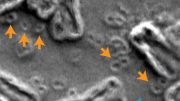
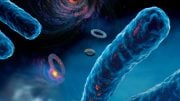
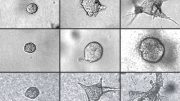

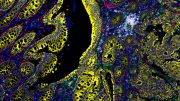
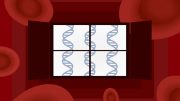
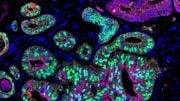

Awesome. Just awesome. I’m very pleased.